To inspire, discover, enrich, learn, broaden, deepen, see, experience—there are many compelling reasons to travel. But not every trip delivers on these promises. So how can we make the most of our time away from home? Careful planning and realistic expectations are the key.
Over the years, I’ve been incredibly fortunate to have traveled extensively. As a result, my travel companions and I have spent a lot of time planning our travel itineraries. We’re now at the point where we more or less follow the same steps every time we plan a trip. It occurs to me that other travelers might also find this information helpful. So, today’s blog post includes my five favorite tips for planning a stellar, self-guided, trip itinerary.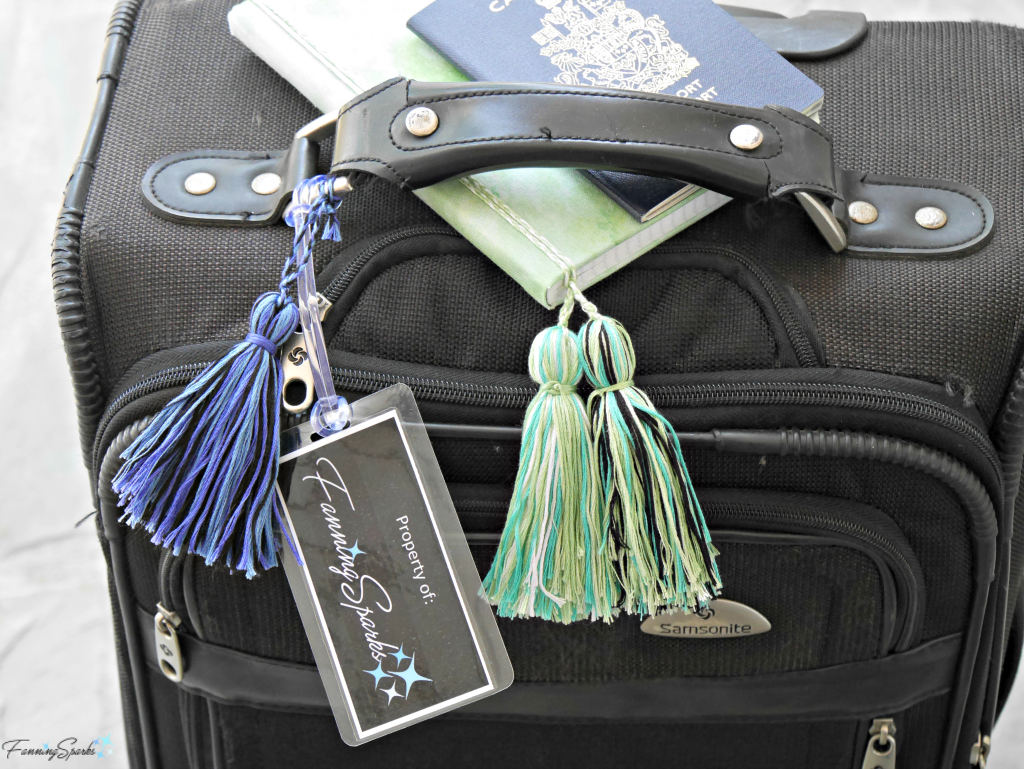 Before diving in, I need to point out this blog post focuses on what to see and do during your trip—it doesn’t cover travel necessities and logistics such as passports, visas, travel health insurance, out-of-country cell phone coverage, airline booking, lodging, travel budgeting and so on. There are numerous online references that cover these topics in far more detail and with more confidence than I ever could.
Before diving in, I need to point out this blog post focuses on what to see and do during your trip—it doesn’t cover travel necessities and logistics such as passports, visas, travel health insurance, out-of-country cell phone coverage, airline booking, lodging, travel budgeting and so on. There are numerous online references that cover these topics in far more detail and with more confidence than I ever could.
Tip 1. Dream Big
Travel inspiration can come from a variety of sources—magazine articles, blog posts, referrals from friends, Instagram posts, Pinterest pins, books, TV programs, “Best Of” lists, documentaries and so on. Various aspects of a travel destination may capture your attention—it could be a beautiful landscape, a compelling story, an outstanding restaurant review, a special event or a seasonal happening. I’m constantly on the lookout for travel suggestions and ideas. When one comes along, I immediately add it to my Travel Dreams File.
My Travel Dreams File is simply a Word document with a running list of possibilities organized by country and destination. Each entry is a simple brief note with a source for future reference. Your Travel Dreams File can be stored in a variety of formats—it could be a Pinterest board, a Notes document on your phone, or even a hardcopy paper file. Here’s a snippet from my current version.
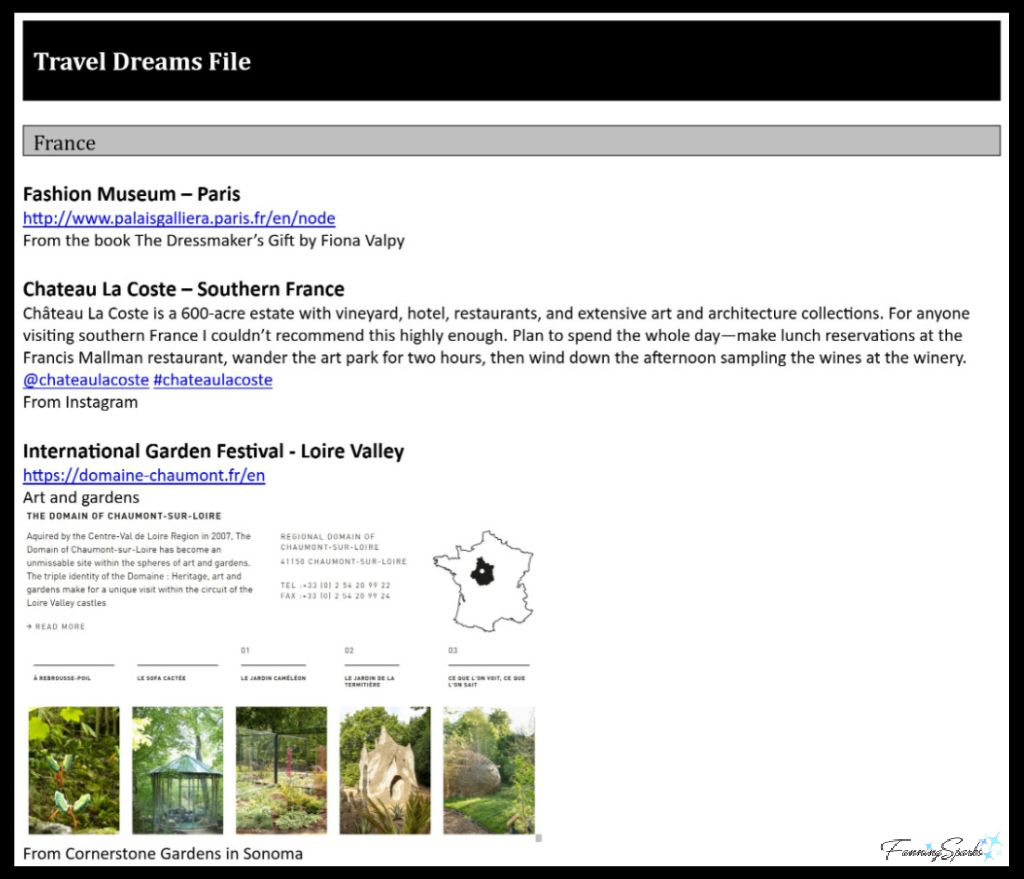 Many years ago, I added African Safari to my Travel Dreams File with a notation about the Jock Safari Lodge in the Kruger National Park in South Africa. Years later, when the opportunity came up to actually visit South Africa, I had a jumping off point for my research planning. In the final outcome, we stayed at the Kambaku Safari Lodge which was excellent!
Many years ago, I added African Safari to my Travel Dreams File with a notation about the Jock Safari Lodge in the Kruger National Park in South Africa. Years later, when the opportunity came up to actually visit South Africa, I had a jumping off point for my research planning. In the final outcome, we stayed at the Kambaku Safari Lodge which was excellent!
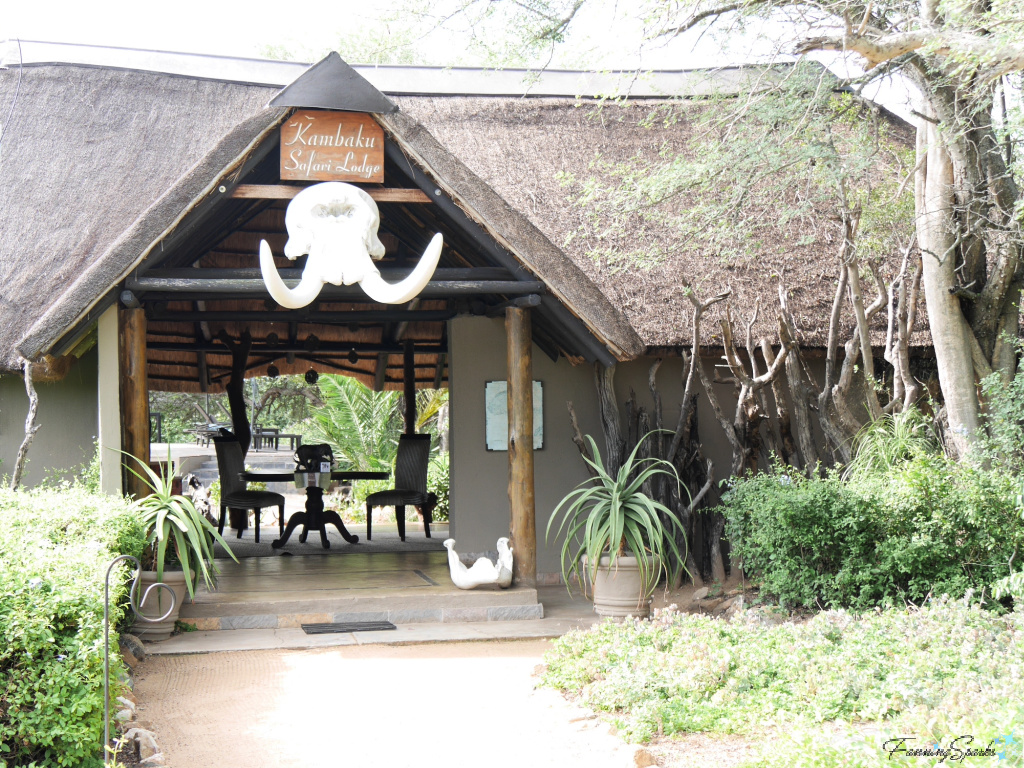 The wildlife we saw on our game drives was unforgettable! Shown below are an African Leopard (Panthera pardus), African Bush Elephant (Loxodonta africana), Southern African Giraffe (Giraffa camelopardalis) and Southern Lion (Panthera leo).
The wildlife we saw on our game drives was unforgettable! Shown below are an African Leopard (Panthera pardus), African Bush Elephant (Loxodonta africana), Southern African Giraffe (Giraffa camelopardalis) and Southern Lion (Panthera leo).
 Shown below are Southern Warthogs (Phacochoerus africanus), Southern Greater Kudu (Tragelaphus strepsiceros), Blue Wildebeest (Connochaetes taurinus) and a mother and calf Southern White Rhinoceros (Ceratotherium simum).
Shown below are Southern Warthogs (Phacochoerus africanus), Southern Greater Kudu (Tragelaphus strepsiceros), Blue Wildebeest (Connochaetes taurinus) and a mother and calf Southern White Rhinoceros (Ceratotherium simum).

Tip 2. Do Your Homework
At the first hint a travel dream may become a reality, it’s time to start doing your homework. The objective of this step is to build awareness and investigate a variety of options.
We like to start by researching our chosen destination online. We deliberately use a wide variety of sources and take a broad sweep to familiarize ourselves with the destination. Are there iconic sights not to be missed at our destination? Or nearby? What about lesser-known sights? What activities and experiences are available? Take note of all the possibilities along with your preliminary thoughts. We simply list everything knowing we’ll prioritize and narrow down the options later.
There are countless online sources for this research. A good place to start is the official visitor or tourism website for your destination. Specialty travel sites, such as TimeOut, AtlasObscura and UNESCO are great for finding hidden gems. Pinterest, Instagram and travel blogs are also great sources. Service provider sites, such as Viator, Airbnb Experiences and Klook, offer tours, activities and experiences. Don’t forget Wikipedia—not only does it have good overviews, it also provides excellent global directories such as Lists of Museums and Lists of Botanical Gardens.
Other great resources include referrals and suggestions from family and friends as well as guide books and travel magazines.
A few years ago, I had the pleasure of spending 6 days in Barcelona Spain. My Travel Dreams File included two outstanding examples of art nouveau architecture—Palau de la Música Catalana and the Sant Pau Art Nouveau Site—which I was fortunate to visit. Both are the work of Lluís Domènech i Montaner and they were spectacular!
Every surface and every fixture in the Palau de la Música Catalana (Music Palace) is ornately beautiful.

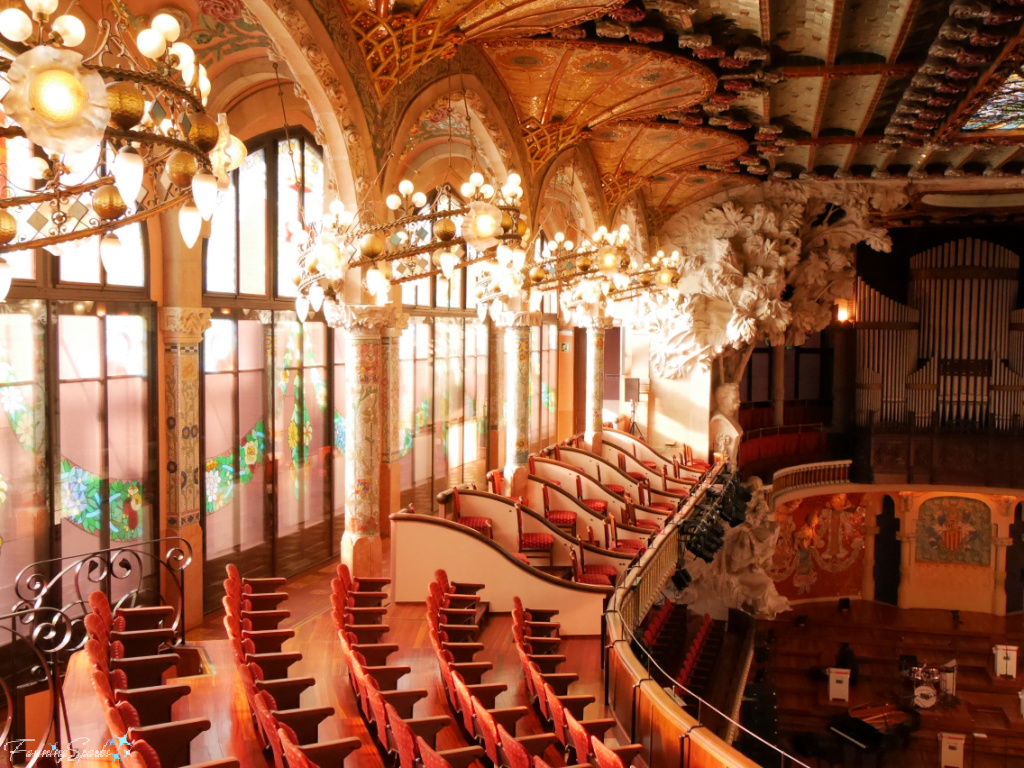 Built in the early 1900’s as a hospital, the Sant Pau Art Nouveau Site is an architectural complex of 12 interconnected pavilions set in a series of gardens.
Built in the early 1900’s as a hospital, the Sant Pau Art Nouveau Site is an architectural complex of 12 interconnected pavilions set in a series of gardens.
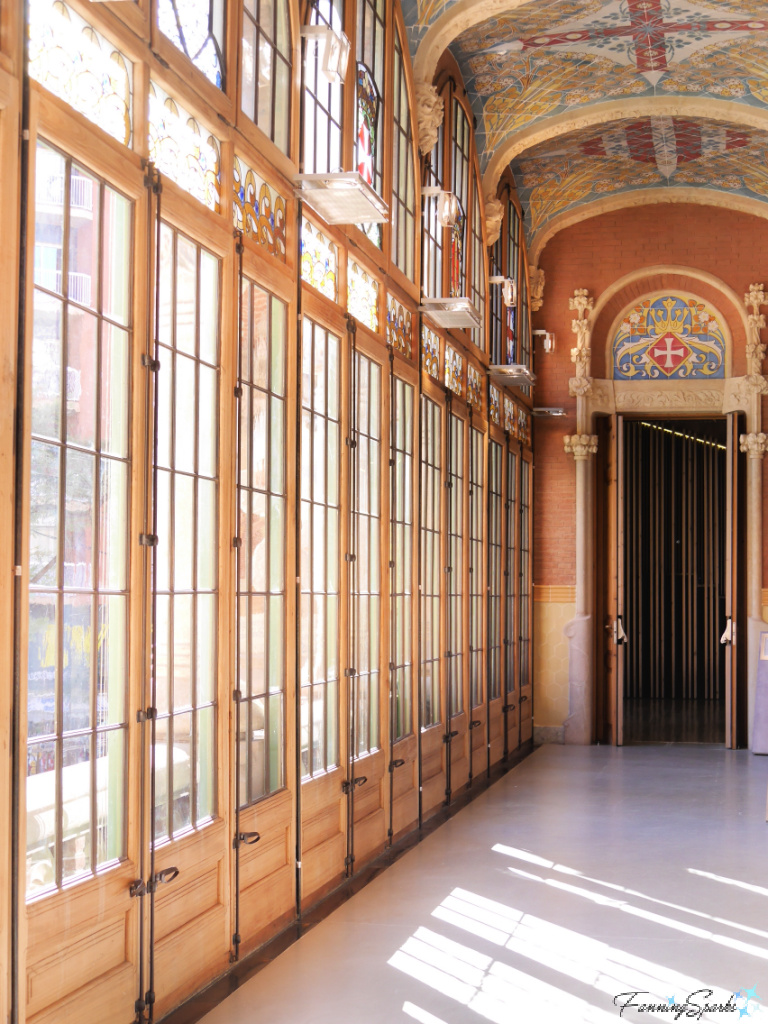 This wasn’t my first visit to Barcelona so I had a jumpstart on my homework. Regardless, I listed all the must-see sights including, for instance, Antoni Gaudí’s Basilica of the Sagrada Familia, Park Güell and Casa Batlló. Much to my surprise, there was a new option! The Casa Vicens Gaudí, which was the first home Antoni Gaudí designed, had been opened to the public only a month earlier after meticulous restoration. This mosaic-covered, ornamental tower was spotted in the rooftop garden of Casa Vicens Gaudí.
This wasn’t my first visit to Barcelona so I had a jumpstart on my homework. Regardless, I listed all the must-see sights including, for instance, Antoni Gaudí’s Basilica of the Sagrada Familia, Park Güell and Casa Batlló. Much to my surprise, there was a new option! The Casa Vicens Gaudí, which was the first home Antoni Gaudí designed, had been opened to the public only a month earlier after meticulous restoration. This mosaic-covered, ornamental tower was spotted in the rooftop garden of Casa Vicens Gaudí.
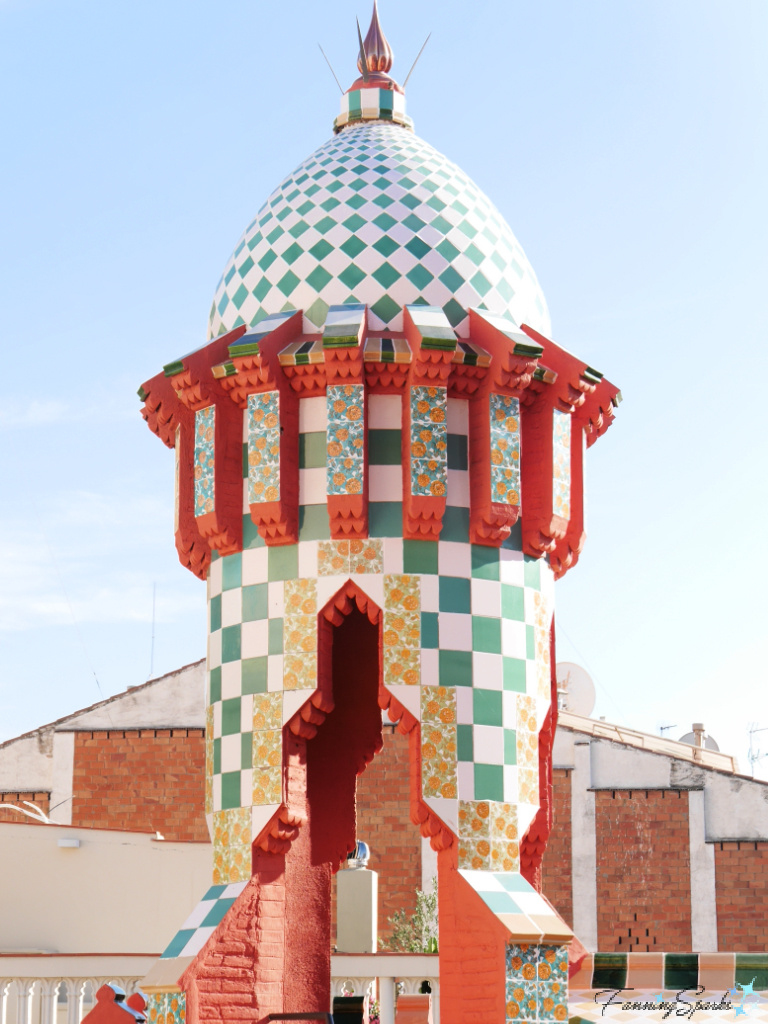 My research also revealed an opportunity to visit the atelier of a highly-regarded flamenco fashion designer! There I was able to admire several of her creations, learn about the flamenco cultural tradition and sew my own flamenco-inspired project.
My research also revealed an opportunity to visit the atelier of a highly-regarded flamenco fashion designer! There I was able to admire several of her creations, learn about the flamenco cultural tradition and sew my own flamenco-inspired project.
 Another example of extensive research paying off comes to mind: in March, my sister Marian and I planned a trip to Crystal River on Florida’s Gulf Coast for the rare opportunity to swim with a Florida manatee.
Another example of extensive research paying off comes to mind: in March, my sister Marian and I planned a trip to Crystal River on Florida’s Gulf Coast for the rare opportunity to swim with a Florida manatee.
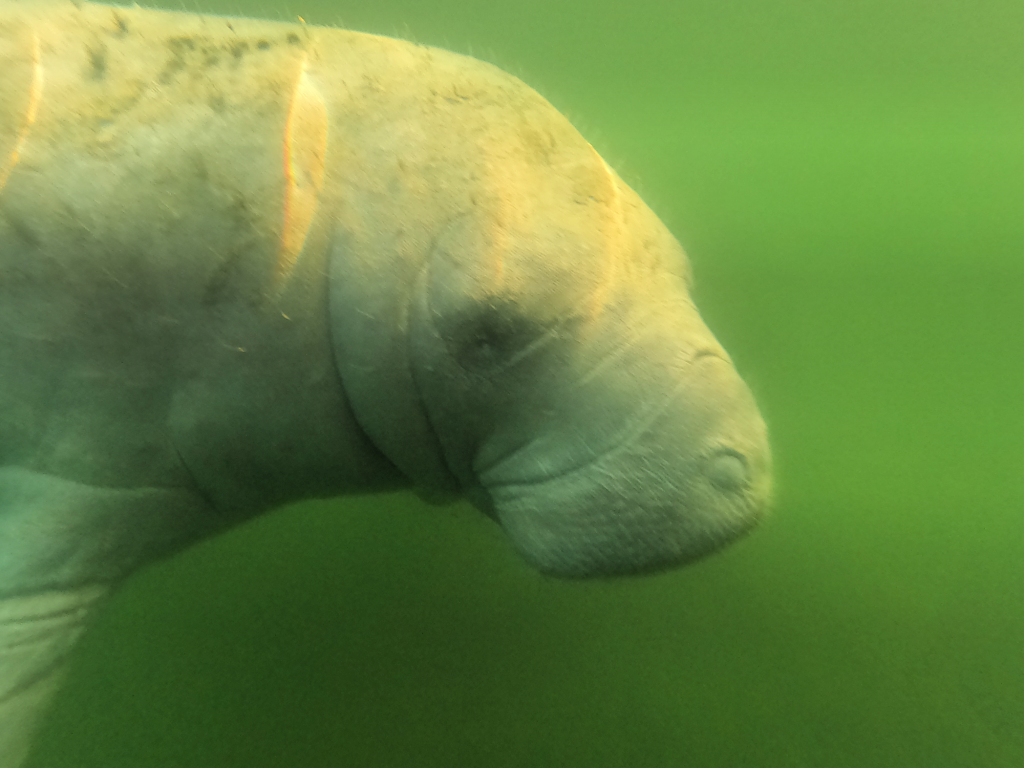 The manatees were the main attraction but we wanted to make the most of our time in Florida. We took a broad sweep of online resources and revealed numerous possibilities including, for example:
The manatees were the main attraction but we wanted to make the most of our time in Florida. We took a broad sweep of online resources and revealed numerous possibilities including, for example:
. Ellie Schiller Homosassa Springs Wildlife State Park – Homosassa
. Pinellas Trail – Dunedin, Tarpon Springs, Clearwater Beach
. Kayaking – Kings Bay
. Chihuly Collection – St. Petersburg
. Gypsy Gold Horse Farm – Ocala
. Spongeorama Sponge Factory – Tarpon Springs
. Crealde School of Art – Winter Park
. Morse Museum of American Art – Winter Park
. Harry P Lei Gardens – Winter Park.
Naturally, we didn’t include all these options but we were able to build a robust, multi-day itinerary around a road trip from Crystal River to Winter Park. We visited a museum, explored a state park, strolled through a botanical garden, and admired local artwork. We also had the opportunity to visit the Gypsy Gold Horse Farm in Ocala where we saw and learned about Gypsy Vanner horses.

Tip 3. Look Beyond the Must-Sees
It’s easy to get caught up in all the must-see sights and just make a list of every major attraction at your destination. But a trip spent rushing from one tourist attraction to another is rarely much fun. A well-rounded trip, with a variety of experiences, is much more enjoyable.
Take the time to identify a variety of opportunities when you’re doing your homework. Perhaps these questions will help:
Have you included a mix of natural and built settings? Countryside, parks, gardens, natural settings vs cities, towns and manmade settings?
Have you included both passive and active activities? Sightseeing tours, driving vs walking, biking, kayaking, etc?
Have you included personal interests? History, art, crafts, photography, wildlife, food, music, sports, etc?
Have you included ordinary, everyday activities? Visiting a grocery store, relaxing in a sidewalk café, strolling around town, etc?
Have you considered the possibility of crowds? Would less people be present at an alternative date or time?
Have you considered the possibility of inclement weather? Would plans need to be altered or replaced?
A few years ago, my husband and I (well, mostly my husband… thank you David!) created a robust, diverse itinerary for a two-week, self-drive trip to the Amalfi Coast of Italy. We flew into Rome and spent a few days there before picking up our rental car. Then we drove to Paestum, Ravello, Sorrento and Naples before returning to Rome. It was a fantastic trip!
While in Rome, we saw several must-see sights including the Coliseum and Trevi Fountain.
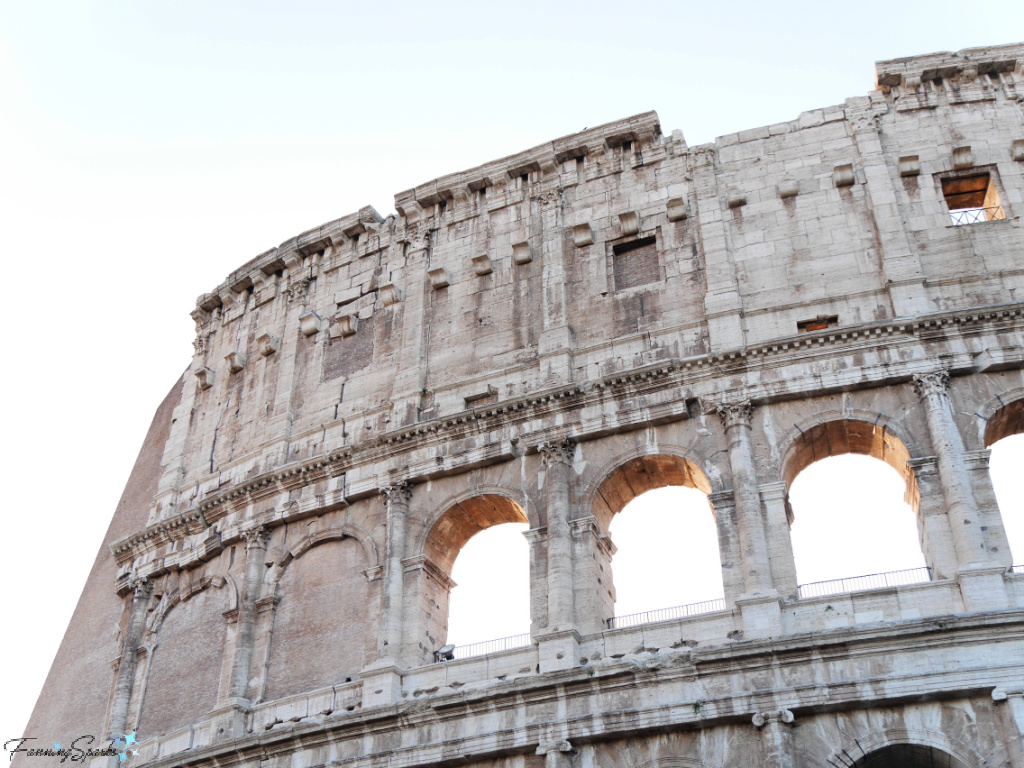
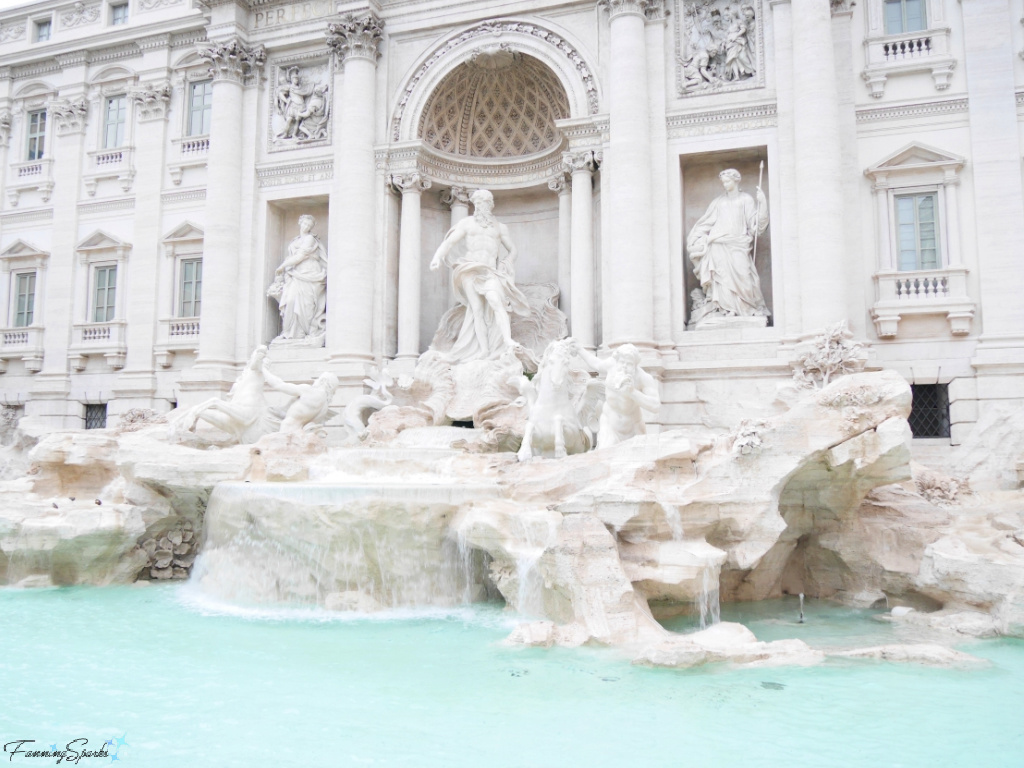 As much as we enjoyed the iconic sights, it was the lesser-known sights and the wonderful experiences that really made the trip. For instance, I was able to participate in a Roman Mosaic Workshop hosted by Studio Cassio in Rome. It was a unique opportunity to see an authentic mosaic studio and to learn from a professional master mosaicist.
As much as we enjoyed the iconic sights, it was the lesser-known sights and the wonderful experiences that really made the trip. For instance, I was able to participate in a Roman Mosaic Workshop hosted by Studio Cassio in Rome. It was a unique opportunity to see an authentic mosaic studio and to learn from a professional master mosaicist.
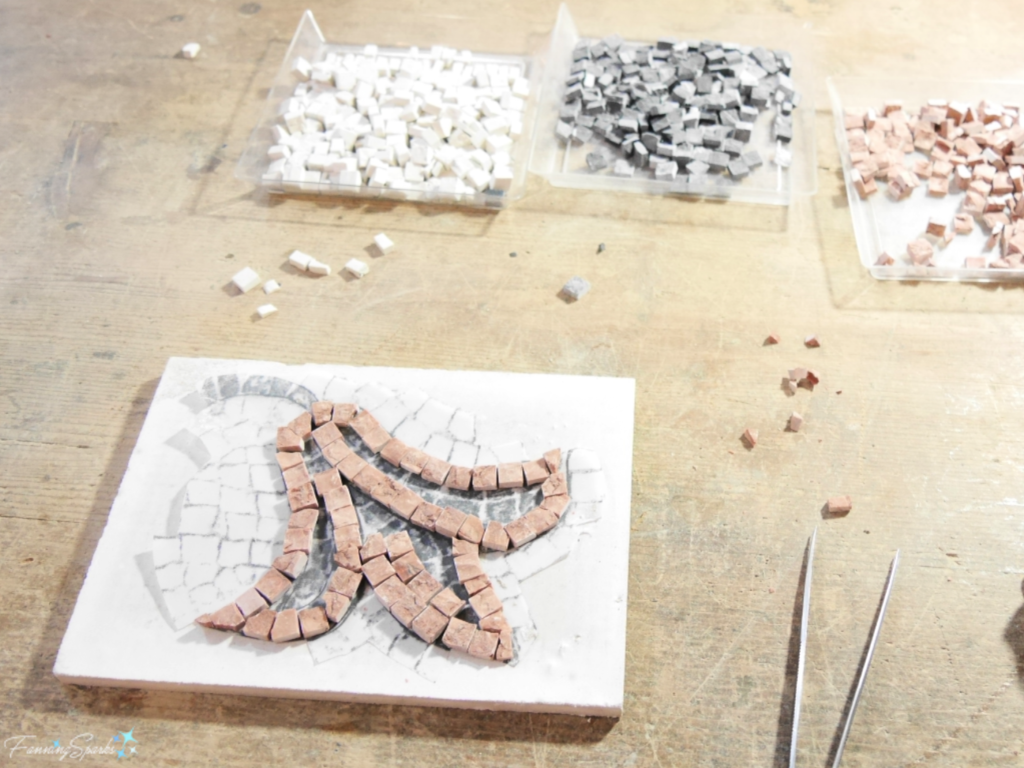 In Paestum, we stayed overnight so we could take our time visiting the ruins. I was able to walk around and photograph the three ancient Greek temples in the early morning light without another soul in sight!
In Paestum, we stayed overnight so we could take our time visiting the ruins. I was able to walk around and photograph the three ancient Greek temples in the early morning light without another soul in sight!
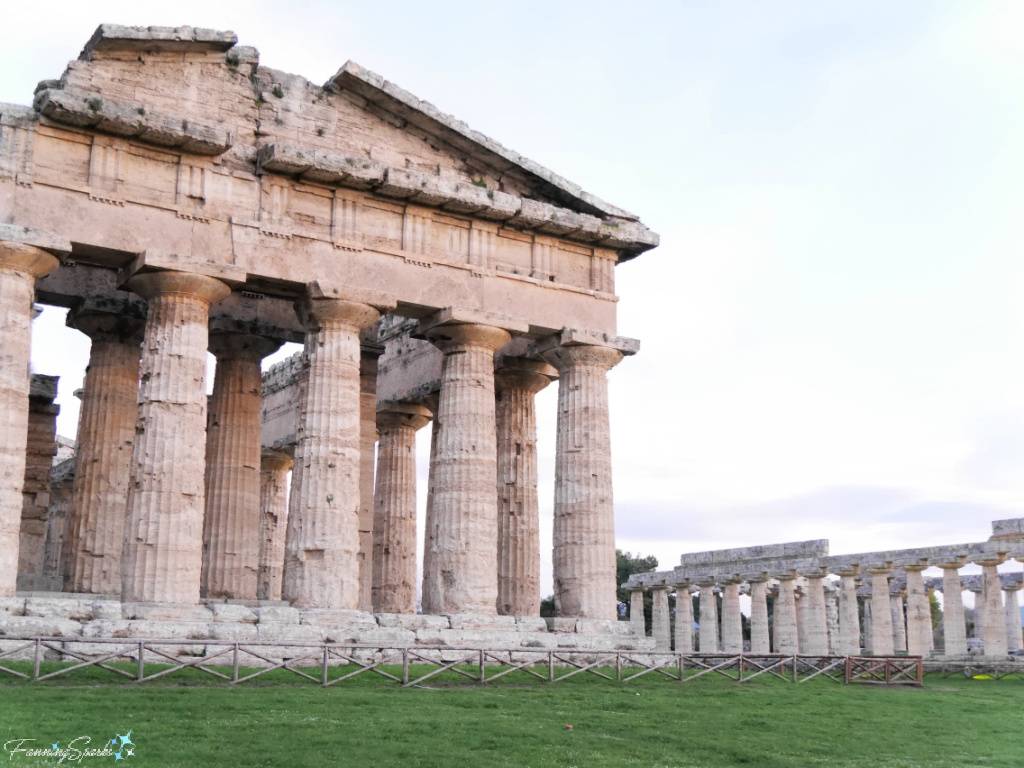
We visited Tenuta Vannulo, a mozzarella di bufala farm in Salerno. We witnessed the making of mozzarella by hand and strolled about the farm admiring the pampered buffalo.

 In Naples, David booked a Pizza Experience class where we learned to make traditional Napoli style pizza. Delizioso!
In Naples, David booked a Pizza Experience class where we learned to make traditional Napoli style pizza. Delizioso!

Tip 4. Map it Out and Schedule It In
You’ll want to keep a map of your destination handy as you conduct your research. Maps can be digital and/or hardcopy paper. Google Maps is probably the most popular tool for exploring a destination and for mapping out a driving trip. Rome2Rio, on the other hand, is very helpful for exploring other modes of transportation such as planes, ferries, trains, subways and bikes. It’s also very helpful for planning walking routes.
A map helps to develop a logical route from location to location. Take note of the transportation options and travel times. Here’s an example from a road trip I took through the US Southeast. This map was specially formatted for the associated blog post—obviously, that’s not necessary for planning.
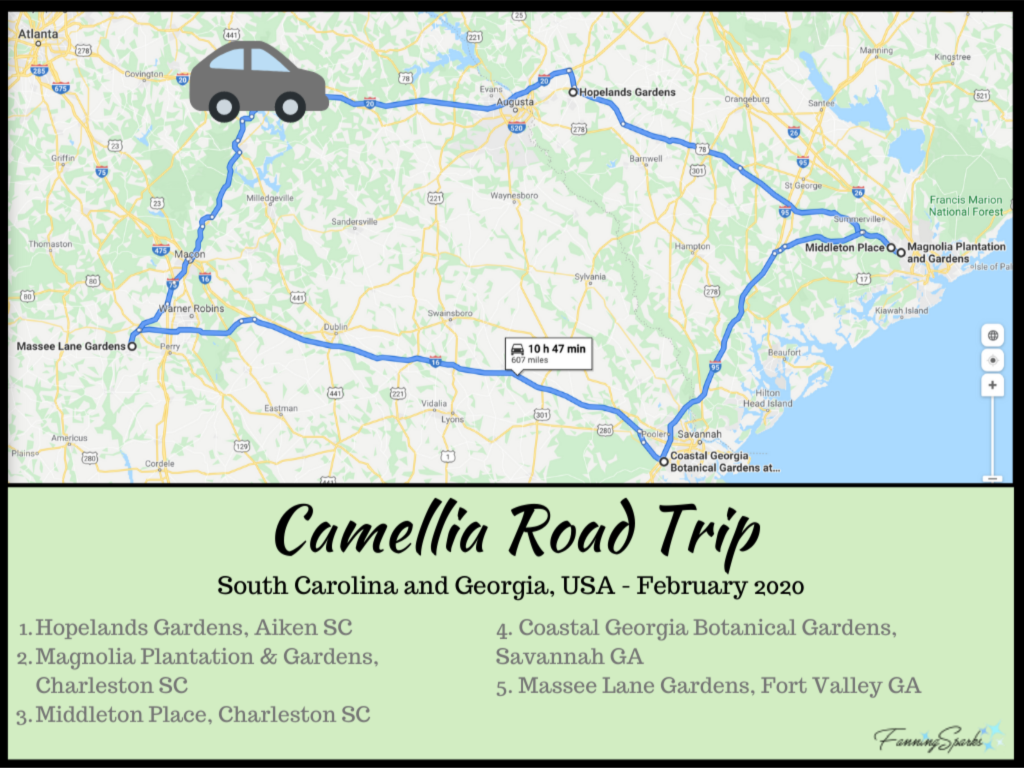 A calendar is equally important at this point. In all likelihood, your start and end dates are already known so begin by marking those on your calendar. I like to use a simple calendar view, created in Powerpoint, for this stage of planning. It is unabashedly low-tech but a great way to visualize the overall plan as it evolves. It’s also a convenient way to share the plan with travel companions and to print it for future reference.
A calendar is equally important at this point. In all likelihood, your start and end dates are already known so begin by marking those on your calendar. I like to use a simple calendar view, created in Powerpoint, for this stage of planning. It is unabashedly low-tech but a great way to visualize the overall plan as it evolves. It’s also a convenient way to share the plan with travel companions and to print it for future reference.
This is also the stage to check for any seasonal or timing restrictions. Open hours? Event dates? Best time of year? Advance booking requirements?
For instance, when Marian and I visited Japan, we planned to travel to Hirosaki to see the cherry blossoms in mid-April. We had two major activities planned: a visit to Hirosaki Park including the castle and gardens and a day-trip to the Mt. Iwaki cherry blossom tunnel.
We booked 3 nights at a centrally-located hotel and planned to arrive by train from Tokyo on Monday and leave by train on Thursday. Here’s how that section of our calendar looked after we locked in our hotels. Notice we slotted a placeholder activity, “Explore Hirosaki”, on Tuesday and Wednesday.
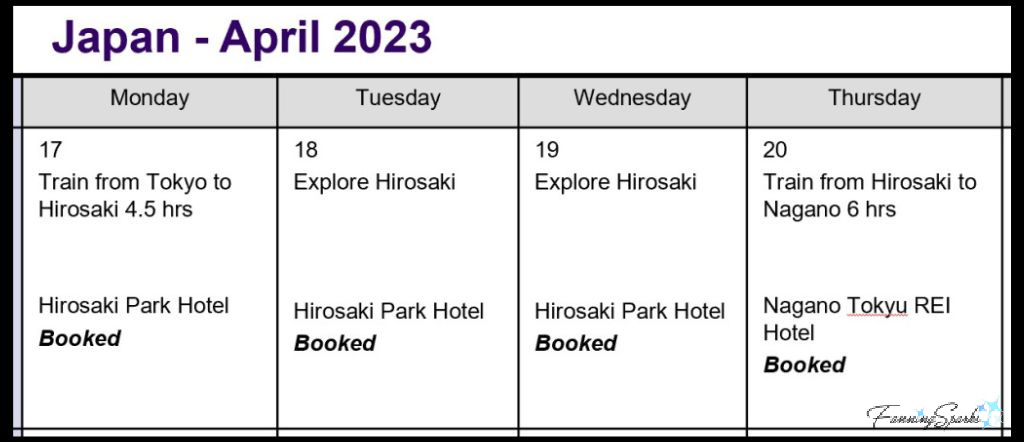
Tip 5. Keep Your Eyes Open
Unlike the previous tips which are all about research and advance planning, this tip is about flexibility and spontaneity. The idea is to build an itinerary of planned activities with pockets of open time. Keeping your eyes open for interesting opportunities while travelling can lead to great discoveries. You might, for instance, drop into a visitor information center and discover a little-known local treasure. You might hear about a favorite spot from a local or fellow traveler. You might stumble across unexpected entertainment. You might follow a promotional sign that captures your attention. You might, unexpectedly, find yourself near a location you’d read about in your research. All of these things happened to us in Japan!
After arriving in Hirosaki, for instance, we dropped into the visitor information center to ask about the Mt. Iwaki cherry blossom tunnel. The agents were very helpful—they described the best viewing sites and explained the local buses. All that planning was definitely worth it!
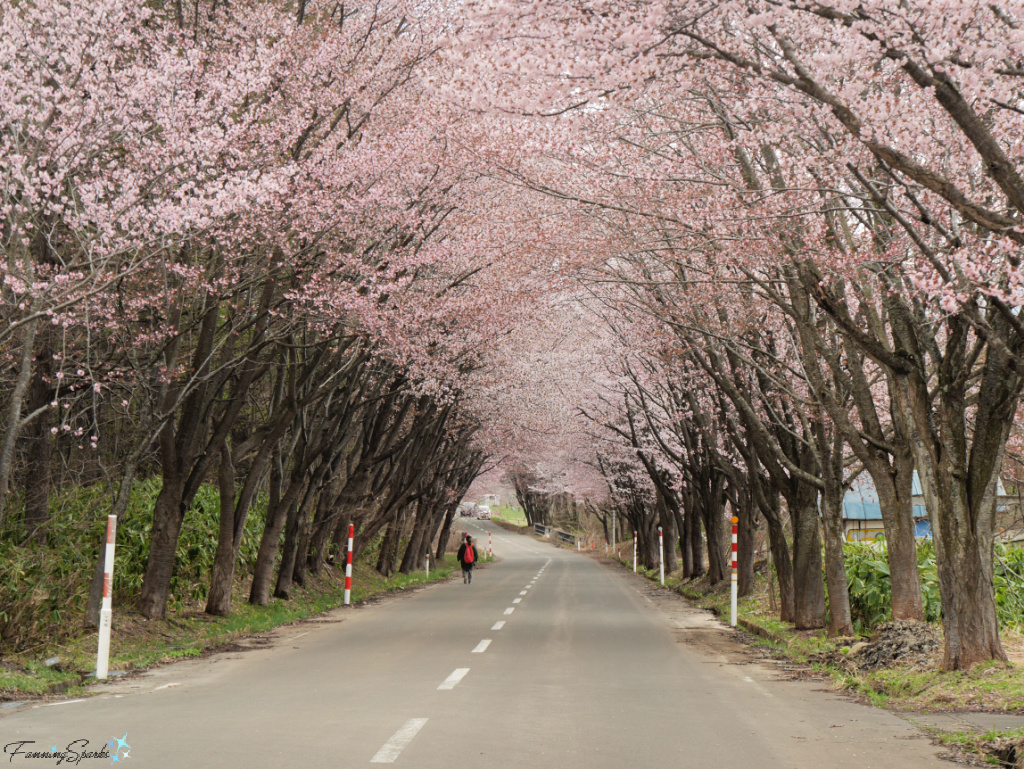 What we didn’t plan, but thoroughly enjoyed, was a visit to the Iwakiyama Shrine. We saw it from the bus and made a spur-of-the-moment decision to stop in.
What we didn’t plan, but thoroughly enjoyed, was a visit to the Iwakiyama Shrine. We saw it from the bus and made a spur-of-the-moment decision to stop in.
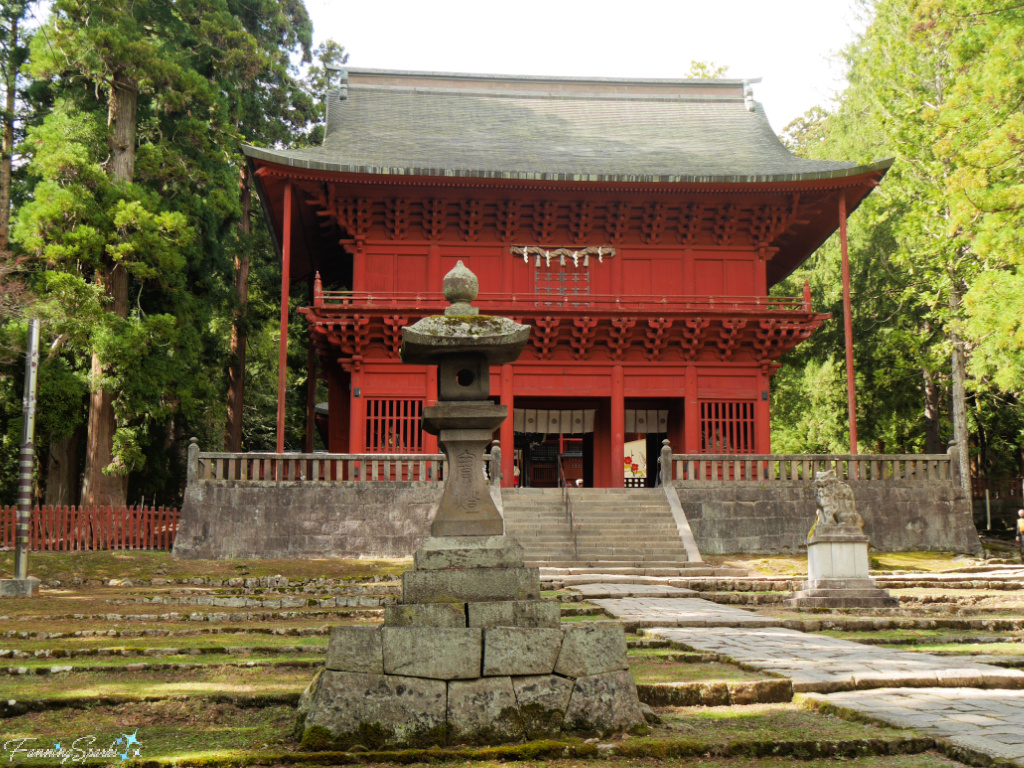
Another unplanned activity, a visit to the Tsugaru-han Neputa Village in Hirosaki, was triggered by a neputa display (pictured below) at that same visitor center. Neputa are large, colorful, paper lanterns carried as parade floats during the annual Neputa Festival.

In Kyoto, while strolling along the famous Philosopher’s Walk, we stopped to watch various street performers including this talented juggler.
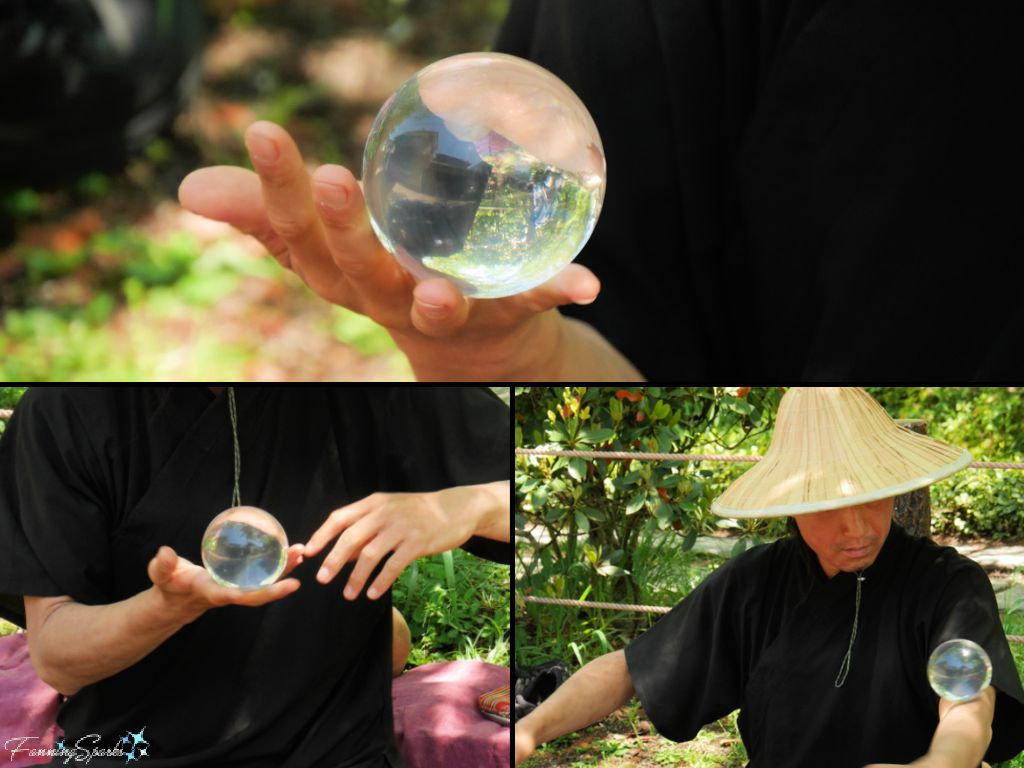 While visiting the Kyoto Botanical Garden we recalled reading about an unusual children’s library and went in search of the adorable mushroom-shaped book shelves.
While visiting the Kyoto Botanical Garden we recalled reading about an unusual children’s library and went in search of the adorable mushroom-shaped book shelves.
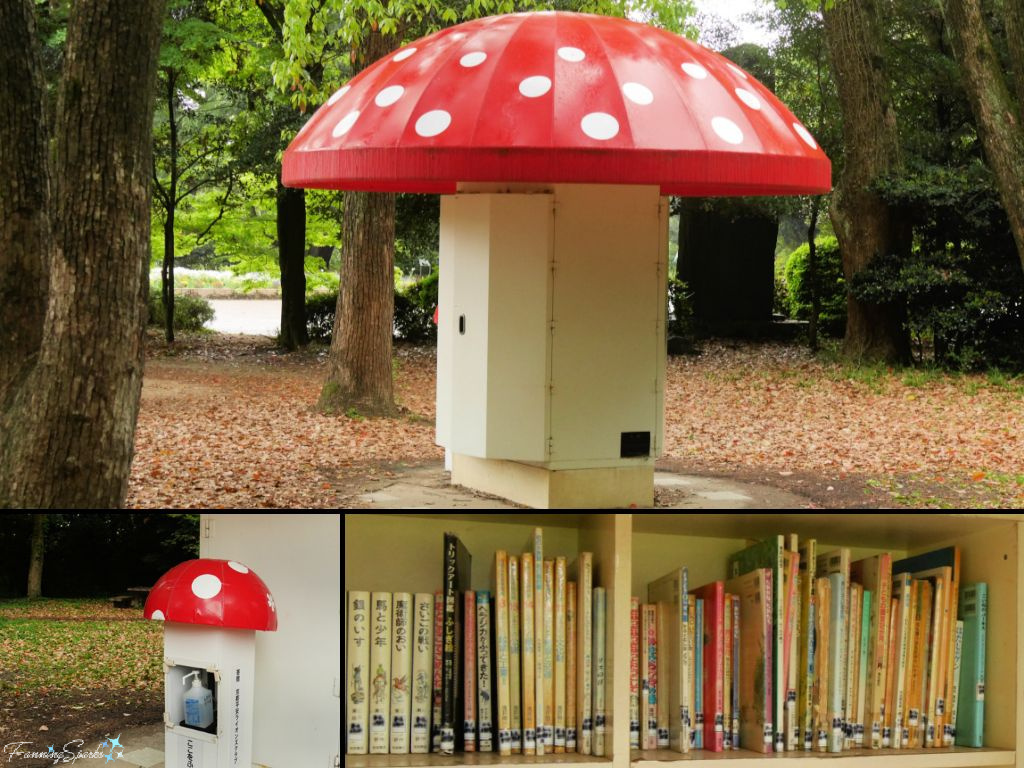 In Tokyo, a local told us about the annual wisteria festival at the Kameido Shrine. It was breathtaking!
In Tokyo, a local told us about the annual wisteria festival at the Kameido Shrine. It was breathtaking!
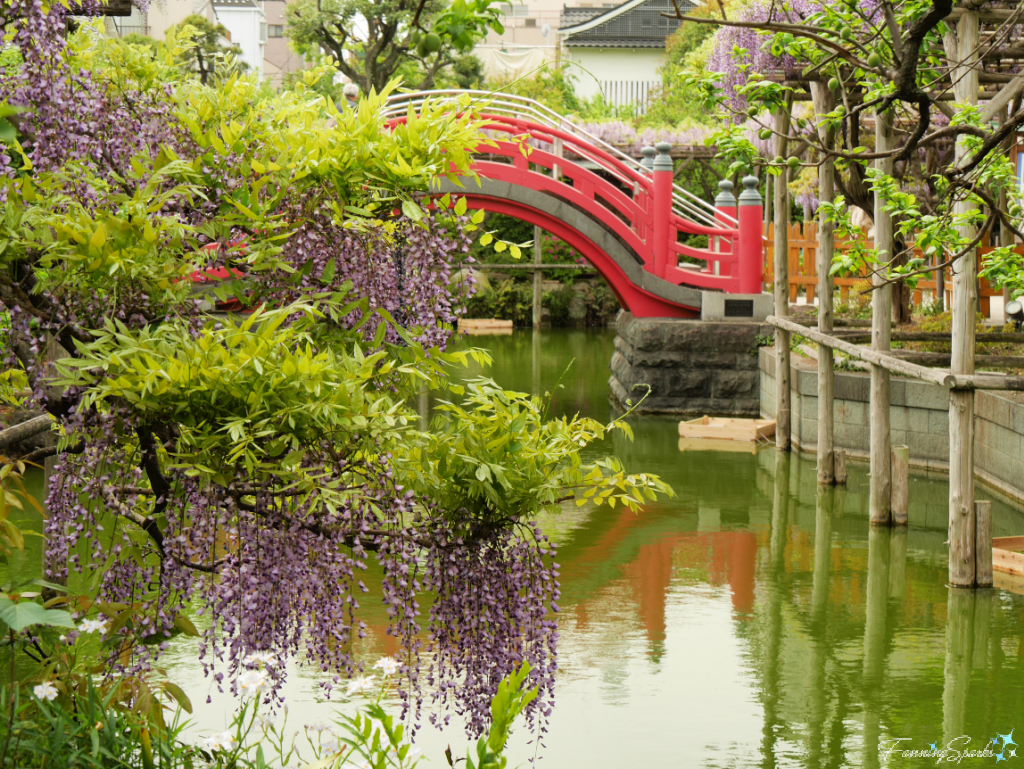 In summary, here are my five tips for planning a stellar trip itinerary:
In summary, here are my five tips for planning a stellar trip itinerary:
1. Dream Big
2. Do Your Homework
3. Look Beyond the Must-Sees
4. Map It Out and Schedule It In
5. Keep Your Eyes Open
I hope these tips and examples help make your next trip exceptional! But I must admit as important as I believe it is to plan in advance, the most important thing is to keep a positive attitude. We must always be respectful of the people and places we’re visiting. We should be patient, curious and flexible. And when things don’t go as we’d like, we take a deep breath, summon our good humor and make the most of it.
More Info
Several of the destinations in today’s blog post are also mentioned in previous FanningSparks’ blog posts:
. To learn more about a wild game safari in South Africa, see Majestic Lovable Elephants
. To learn more about Antonio Gaudí in Barcelona, see Gaudí’s Trencadis Mosaics
. To learn about swimming with manatees in Florida, see Face to Face with a Manatee
. To learn about a mosaic workshop in Rome, see Learning from the Ancient Masters
. To learn about camellias in the US Southeast, see Camellia Road Trip
. Check the FanningSparks’ Travel > Asia > Japan category index to learn more about my adventures in Japan.
Today’s Takeaways
1. Advance planning is key to a stellar trip itinerary.
2. Leave time for spontaneity in your schedule.
3. It’s important to be respectful, patient, curious and flexible when travelling.


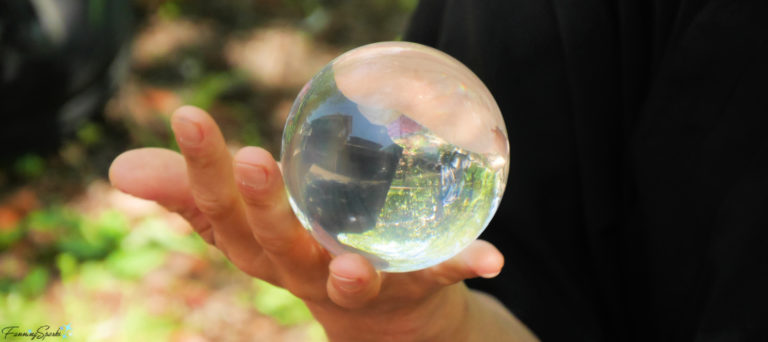


Comments are closed.